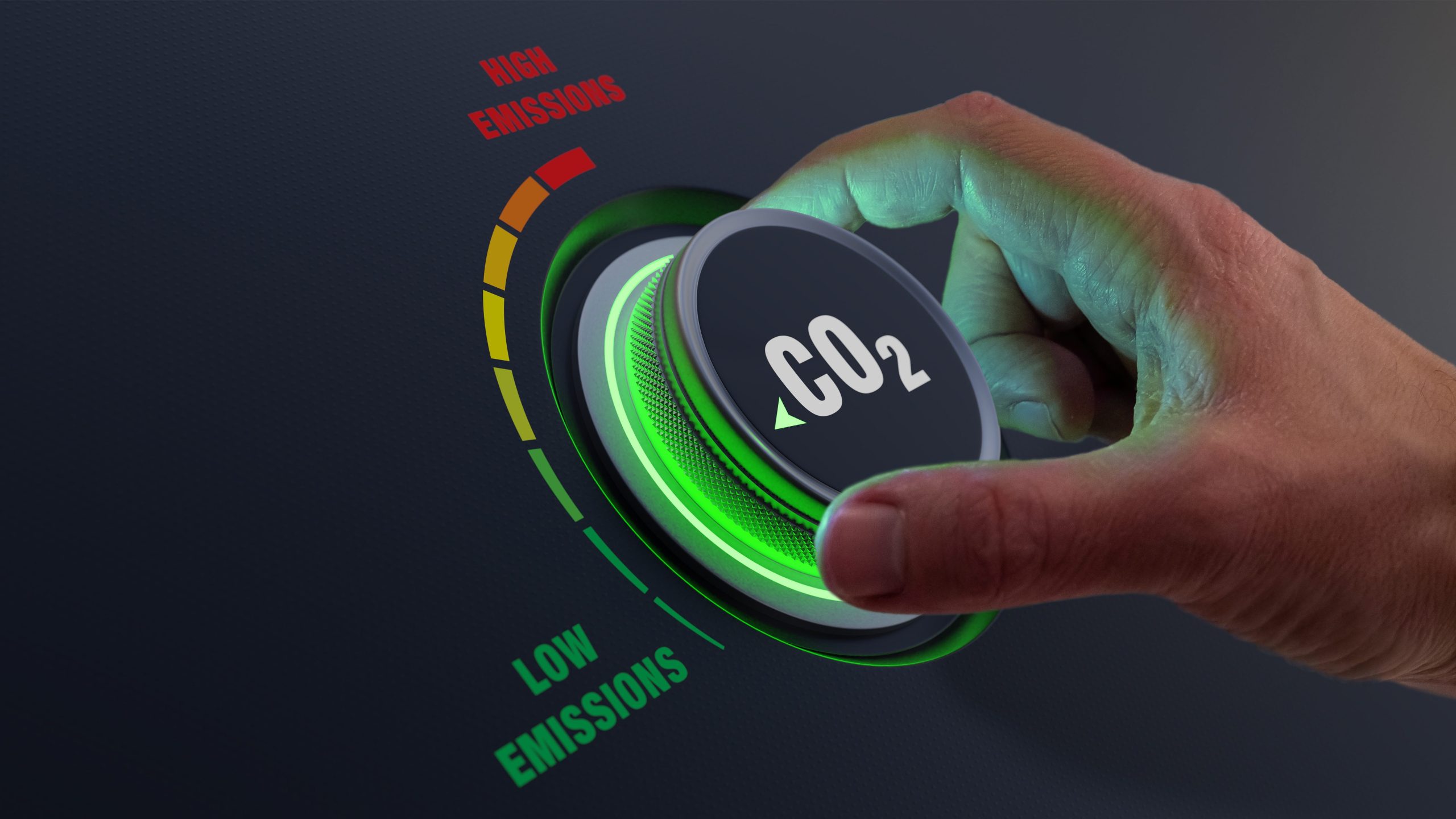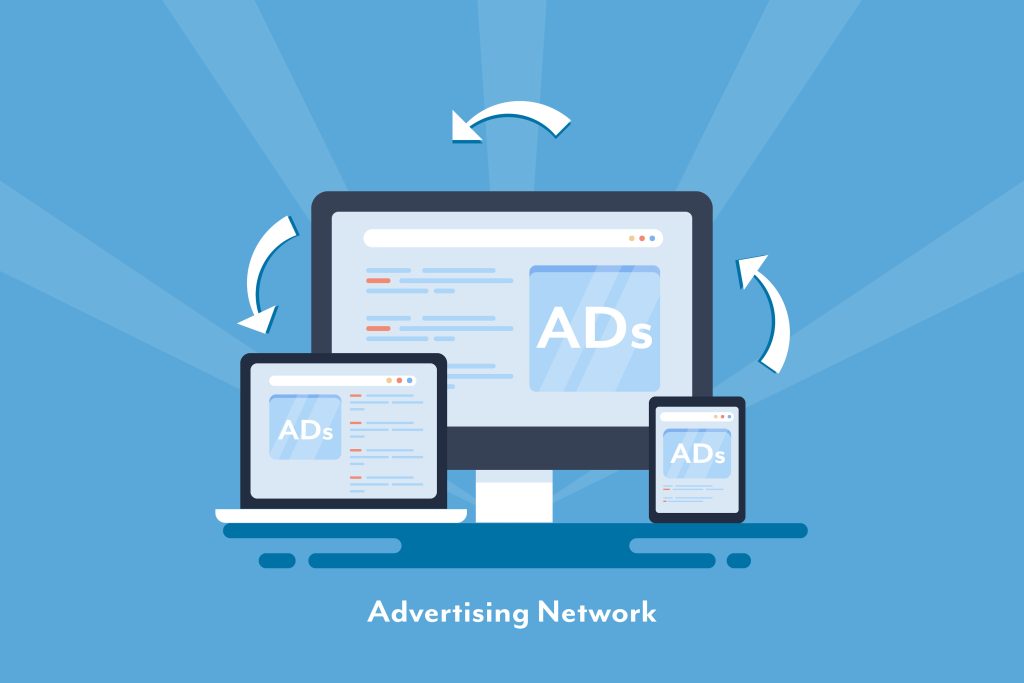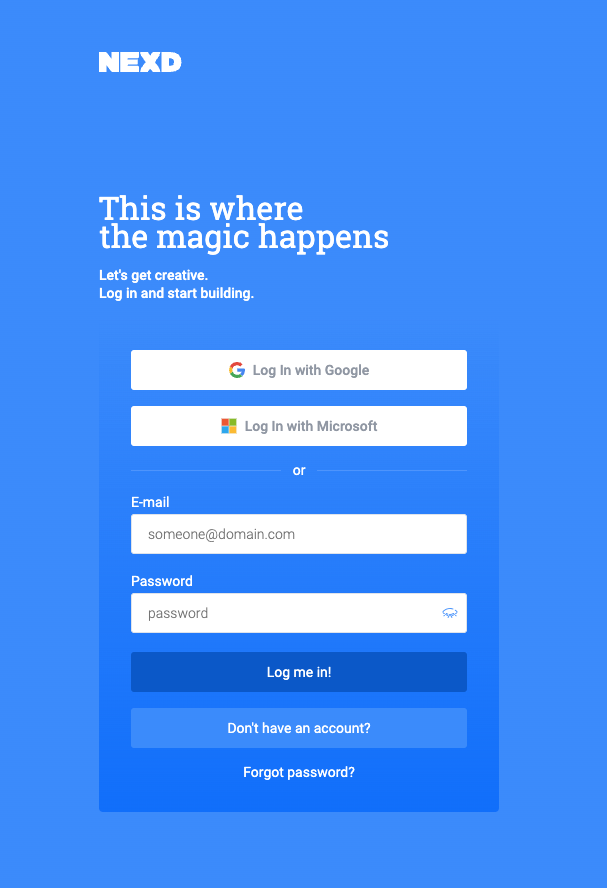Sustainable Digital Marketing: Balancing Eco-Friendly Practices with Online Growth
The climate crisis is present in everyone’s minds as the world surpassed the critical 2-degree warming limit for the first time since the industrial era. That’s why, as a company, you have an ethical obligation to reduce the carbon footprint of your marketing to protect the future of our world. It can also help you stay ahead of consumer needs. With 55% of consumers willing to pay more for eco-friendly products, you can market yourself as a sustainably focused organization.
Every aspect of your business can benefit from an environmental overhaul – including your marketing department, considering marketing activities won’t be going away, then all that’s left is to make them more sustainable.

Whether you’re committed to going Net Zero or taking small steps toward becoming more sustainable, this article will help you reduce your company’s carbon footprint for good.
What is sustainability in marketing?
Like any other industry, marketing sustainability aims to reduce the carbon footprint of a business’s marketing strategies. Many companies don’t consider the environmental impact of marketing – especially as we navigate in a paperless world. However, according to CEPSA, one ad campaign actually generates 70 tons of CO2 equivalent emissions.
Rather than just focusing on the profits generated from marketing campaigns, sustainability is now becoming an important factor when analyzing the effectiveness of a business’s strategy. An environmentally conscious business will still promote products for the purposes of increasing sales and engagement, but will also take the time to consider the campaign’s environmental footprint.
Implementing sustainability in marketing could also involve educating consumers on the environmental consequences of their purchasing habits and to help center the business as a sustainable organization.
Why should you reduce the carbon footprint of your marketing?
It is crucial for businesses in today’s world to take steps to reduce their carbon footprint when it comes to advertising. Let’s take a look at why:
1. Environmental responsibility
Advertising has a significant environmental impact due to the energy consumption of data centers, servers, and digital infrastructure. By reducing your advertising carbon footprint, you show your commitment to being environmentally sustainable during your advertising efforts.
2. Mitigating climate change
The carbon emissions generated by advertising contribute to climate change, which poses a global threat. When you lower your advertising carbon footprint, you actively contribute to efforts aimed at mitigating environmental decay.
3. Building brand reputation
In a world where sustainability is a high priority for both individuals and organizations, taking an eco-friendly approach to marketing can influence conscious consumers to choose your brand over your competitors.

According to theroundup, 78% of consumers feel that sustainability is important. So, by reducing your carbon footprint, you can attract environmentally friendly consumers looking for a sustainable alternative. Even better, reducing your carbon footprint can also go a long way in enhancing your brand reputation. Many global brands have signed up to the WFA Planet Pledge, framework to help take tangible actions on turning marketing more sustainable.
4. Cost savings
A large-scale advertising campaign can be expensive. By reducing your energy consumption when marketing, you can save on costs by reducing waste and improving your campaign efficiency. When you make interactive creatives that capture attention, it will take less time and money to get your message across.
5. Long-term viability
The long-term success of your business relies on many factors. For instance, if you’re required to meet your GDPR, HIPAA, and SOX requirements.
In the future, you will also likely need to prove your sustainability efforts. Reducing the environmental impact of your advertising and embracing eco-friendly practices, ensures that your company remains competitive in a world that values ecological awareness.
Now that we have explored some of the most important reasons why you should seriously consider taking steps to reduce your carbon footprint, it’s time to show you how you can achieve this – in seven ways.
7 Ways to reduce the carbon footprint of your marketing

1. Use energy-efficient telecommuting equipment
Utilizing energy-efficient telecommuting equipment can make a significant difference in reducing the environmental impact of your marketing efforts. In the realm of marketing, we heavily rely on digital tools and platforms that require electricity to function.
Choosing energy-efficient telecommuting equipment like laptops, monitors, and routers brings many advantages. These devices consume less power, resulting in lower energy usage throughout the marketing process, including tasks like content creation, data analysis, and communication.
Let’s take a look at an example of using energy-efficient equipment for an outbound sales call center.
Say you’re a marketing associate working for a call center that uses outdated laptops and phones. You could suggest reducing the business’s marketing carbon footprint by suggesting equipping remote agents with energy-efficient telecommuting equipment. This includes providing energy-efficient laptops with longer battery life and low-power consumption monitors. These devices help agents complete their tasks while minimizing energy usage and reducing the need for frequent replacements, which can lead to e-waste.
By minimizing our energy consumption, we can noticeably reduce the carbon emissions associated with these activities. Additionally, energy-efficient devices often have longer lifespans, which means less frequent replacements are needed and less impact on the environment from manufacturing and disposing of old equipment.
2. Adopt digital content creation
Using digital content creation in marketing is already the next big thing in the marketing world. Advertising on the internet allows businesses to expand their global reach and attract far more customers.
However, digital content creation also reduces the carbon footprint found in traditional marketing practices. Adopting fully digital platforms for marketing purposes effectively takes away the need for paper – a big player in increasing your carbon footprint.
Using tools for sales enablement can assist marketing teams in creating and sharing digital content efficiently. Instead of printing brochures or catalogues, you can design interactive and visually appealing sales collateral with digital tools. This not only saves on printing costs but also reduces paper usage and in turn, carbon emissions.
Additionally, considering Excel alternatives for data analysis and reporting can further streamline your marketing processes and minimize your environmental impact.
Check whether your sales enablement tools are hosted on energy-efficient servers, as these consume less energy.
3. Optimize marketing workload with data-driven insights
Optimizing marketing workload with data-driven insights can help your business to reduce the carbon footprint of your marketing campaigns. But how?
Traditional marketing strategies often involve resource-intensive activities like print advertising, mass mailings, and physical events. Unfortunately, this generates carbon emissions.
Instead of trying multiple ways to engage customers with your marketing efforts, consider using an IVR contact center. This can contribute to reducing the marketing carbon footprint by providing data-driven insights into customer interactions.
By analyzing call data, companies can optimize their marketing strategies, targeting efforts more effectively and avoiding outbound calls to uninterested consumers. This leads to reduced energy consumption and resource wastage from an unsuccessful attempt at a marketing outreach.
IVR contact centers also enable the creation of more personalized digital content that reaches the right people at the right time. This reduces the need for excessive print materials and physical promotions.
4. Incorporate sustainable display ads in your campaigns
Display ads from Nexd Creative Management are served on sustainable energy.

Often, the first paid media channels marketers think of are paid search and social. However, one channel is more sustainable and underutilized than the rest; that’s programmatic, better known as display advertising (ironically, it can also be video). Incorporate interactive ads in your marketing campaigns that are more efficient, give better performance and run on sustainable energy.
5. Use renewable web hosting providers
Using web hosting providers that run on renewables can play a pivotal role in reducing the carbon footprint of marketing for your business.
Traditional web hosting services often rely on fossil fuels to power their data centers, which emit a substantial amount of greenhouse gasses into the atmosphere.
Renewable web hosting providers operate their data centers using clean energy sources such as wind, solar, or hydroelectric power.
For instance, a website with a domain name io hosted by a provider that uses solar or wind power to run its data centers reduces its carbon footprint associated with data hosting. It demonstrates a commitment to sustainable hosting practices and encourages the adoption of renewable energy in the tech industry.
This transition to renewable energy will help you to reduce the carbon emissions from hosting your business website and running digital marketing campaigns. You can also better align your online presence with sustainability and lessen your environmental impact.
6. Go digital
You may have done this already, but stopping your paper usage for good in all your marketing efforts will help you to reduce your environmental impact.
Traditional marketing often involves the distributing brochures, catalogs, and flyers. However, this consumes energy, water, and raw materials like paper and ink. If you want to reduce your carbon footprint, it’s all about going digital.
Not only are video and display advertising much more eco-friendly – in that they don’t need to use the resources that traditional, paper-based marketing needs – but they are proven to be much more effective, too.
7. Hire remote marketers and creatives
When you think about working from home, your mind probably goes to the ease and flexibility of this working arrangement. But have you ever considered that remote work is also much more environmentally friendly? With fewer people needing to commute via car, for example, air quality can improve, and emissions can decrease.

Not to mention that remote workers don’t need physical office space, and all the costs and consumptions associated with it, including utilities, supplies, and hardware, simply disappear.
So, why not start looking at hiring remote marketers, advertisers, and creatives, to lower your carbon footprint? These days, all it takes for a talented professional in these fields to perform their job well is a stable internet connection and some reliable remote access tools, such as remote support software by RealVNC.
And, if you want to go the extra mile, then why not extend this remote-first approach to other areas of your business, too? This can help position your entire organization as a truly eco-conscious company.
For example, sales and support teams can perform their daily duties from home, at least part of the time, which again helps minimize commuting needs and associated carbon emissions.
Reduce your marketing carbon footprint with our 6 strategies today
In today’s climate-conscious world, it’s essential for your business to start thinking seriously about its carbon footprint and how you can reduce your emissions for good. Taking proactive steps in all aspects of your operations, including marketing, will not only help you protect our planet, but boost your brand image.
By adopting digital content creation, optimizing marketing with data-driven insights, using renewable web hosting providers, and hiring remote marketers, you will begin to see your environmental impact going down – this ensures that your business can stay viable and profitable for years to come.

Get Started
Sign up to Nexd Campaign Manager for a free 14-day trial and start creating environment-friendly and highly engaging programmatic creatives!
